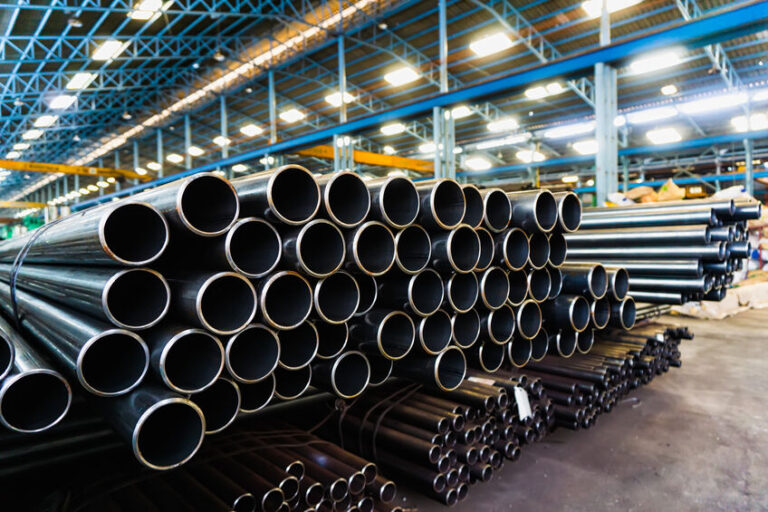
Thép ở xung quanh chúng ta nhưng vẫn còn một số lầm tưởng về thép mà mọi người cho là đúng. Một số huyền thoại về thép là gì?
Steel Is It’s Own Metal
Cho người mới bắt đầu, rất nhiều người nói thép là kim loại của chính nó. Điều này có đúng không? có và không. Trong khi thép là kim loại, it’s actually made of iron, carbon and other trace compounds. So steel isn’t just steel– it’s a combination of other things.
Rusting
Kế tiếp, there’s the myth that stainless steel won’t rust, which is probably why it’s so popular, bên phải? Vâng, here’s the deal: even stainless steel can rust. Now it most likely won’t rust, but if exposed to moisture long enough, and the water-resistant outer layer gets compromised or stripped off, then some rusting could occur.
Recyclability
Thứ ba, what about the myth that steel can’t be recycled? That’s not true at all. Not only can it be recycled, but when it is, steel retains 100% of its strength– it doesn’t become weaker!
Where it Comes From
There’s still a myth that steel is made in bloomeries (pot-like structures)…Well, this is true if you go back in time a couple centuries, but today, modern techniques like the Siemens-Martin and/or Gilchrist-Thomas process is how steel is generally made.
Still a Huge Industry
If you were around in the late 1970s and early 1980s, you probably remember hearing about steel mills closing in places like Buffalo, New York. Did the steel industry die out in America? Không. The myth is that not many people work in the steel industry anymore, but the reality is different– up to 2 million people work in it, and the industry is growing.
More than Just Commercial Uses
Cuối cùng, there’s the myth that steel doesn’t get used for homes. Most homes are made with wood frames, bên phải? Mà nói, steel can be used to build homes and it is! Construction companies choose steel when they want a home that can withstand bad weather storms. Take a look around your town and you just might find some homes made of steel, though they’re not ubiquitous.






